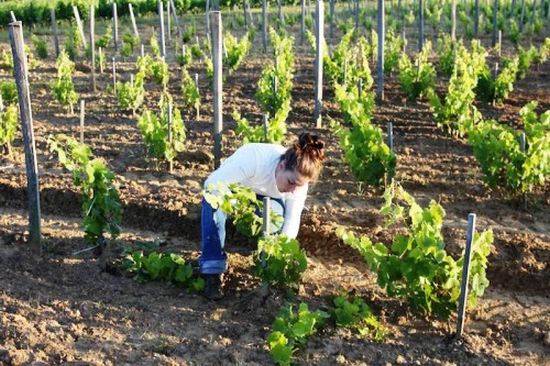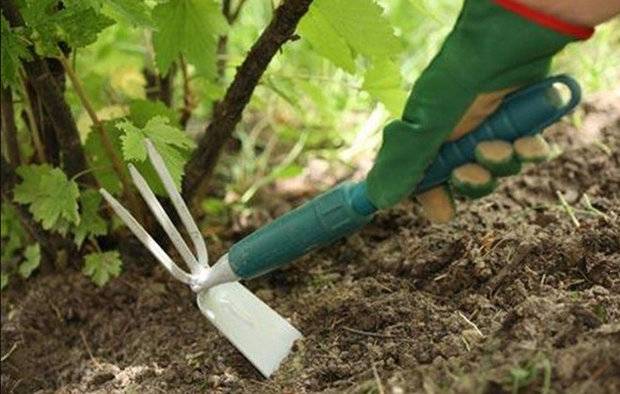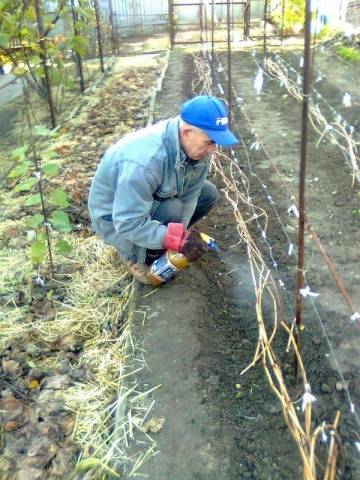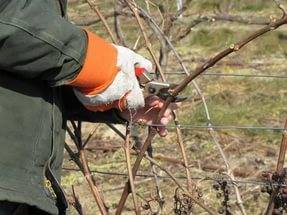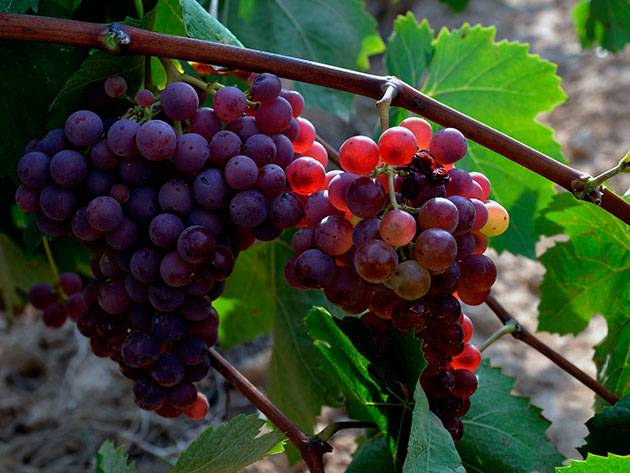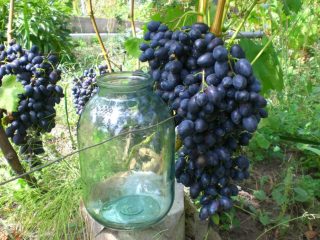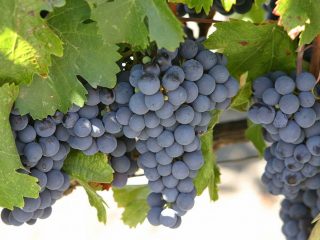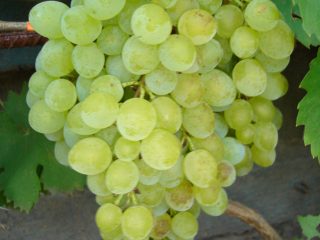Content
In the fall, gardeners literally work to shape the next summer's harvest. What you need to know about the peculiarities of caring for grapes in the fall? Before wintering, it is necessary to carry out agrotechnical measures related to watering, pruning, feeding and sheltering grape bushes for the winter.
As you can see, caring for grapes in autumn is not much different from the usual work on the plantation. Early and medium-ripening varieties are prepared for winter in August, and late-ripening grapes a little later. All grape care activities begin after harvest. The task of caring for the plantation in the autumn is to accelerate the ripening of the vine. The grapes must accumulate enough carbohydrates to overwinter without damaging the eyes and wood.
Autumn activities at the plantation
How to care for grapes in the fall, what work needs to be done on the plantation, and in what sequence. Let's talk about this.
Even a novice gardener understands that the ripening of the crop requires a high yield of nutrients from the plant. It spends all its energy on filling the bunches. Therefore, care must be taken to ensure that the vine is not overloaded. Otherwise, the plant will leave in the winter weakened, which will lead to its freezing.
This is especially true for grape varieties with late ripening. After all, they have little time to prepare for winter. Some of the bunches will simply have to be cut off if, according to forecasters, a sudden cold snap is foreseen.
Watering features
Abundant watering of the grapes is needed when the bunches ripen. But excessive zeal is inappropriate, as cracking of the berries may begin. And this, in turn, negatively affects the taste and marketability of grapes.
Providing proper care of the vineyard in the fall, watering is not recommended to be ignored, especially if there is no rainfall. The soil under the vine should be moist enough to the depth of the root system. In this case, the plant is better prepared for winter.
Of course, the choice of the timing of irrigation and the amount of moisture during the autumn work on the vineyard will depend not only on precipitation. Here, the composition of the soil, the direction and strength of the wind, the air temperature in autumn, as well as the depth of the groundwater are of great importance.
Plants should leave well saturated with water during the winter. In the fall, many gardeners gird the grape bushes with grooves, then the water will go as intended - into the root system.
Each watering in the vineyard (in autumn too) should be accompanied by loosening of the soil. This will provide oxygen to the roots and allow moisture to stay in the soil for longer. For the same purpose, mulching of the trunk circle is carried out in preparation for the winter of the grape plantation.
How to feed in the fall
It's no secret that grapes are grown in one place for no more than 6 years. But even during this time, if you do not feed, the soil is severely depleted, the plants weaken, and cease to yield. Even in one season, the vine draws a large amount of trace elements from the soil.
What needs to be done during autumn care to restore fertility when preparing grapes for wintering and to form the future harvest:
- First, the autumn feeding of grapes is carried out to saturate the plants with nitrogen, phosphorus and potassium. For this, appropriate fertilizers are used.
- Secondly, in the fall, grapes must also be fed with calcium, iron, magnesium, manganese, boron, copper and other trace elements.
The fall mineral diet can be replenished in two ways:
- fertilize at the root;
- carry out foliar feeding, that is, spray the plants.
Both activities related to plant nutrition are required when preparing a vineyard for winter. After all, at this time the harvest of the next season is laid. The better you feed the grapes before sheltering for the winter, the higher the yield will be, and the fruits themselves are tastier and more aromatic.
They take care of the vine, carry out top dressing not only in the fall. They are performed periodically during the entire vegetative period. When carrying out foliar dressing, they simultaneously take care of the fight against pests and diseases. Plants are fed in the evening when the air temperature drops. At this time, the stomata on the leaves are open, and the grapes better absorb nutrients. In addition, the absence of the sun protects the plants from possible burns when feeding on the leaves.
Last foliar dressing grapes are held in autumn after harvesting and trimmingso that plants feel protected in winter. The nutrients accumulated in the root system of the vine contribute to the formation of buds, the rapid ripening of the shoots.
Autumn pruning
First, let's figure out why grapes are pruned in autumn:
- Firstly, the rejuvenation of the bush occurs, therefore, the yield will be higher.
- Secondly, the juice circulates better on young shoots.
- Thirdly, the plants are perfectly prepared for winter.
- Fourth, a thinned vineyard is easier to care for, and there are fewer diseases and pests.
Novice gardeners interested in the peculiarities of care are concerned about the time frame for pruning the vine in the autumn. Immediately, we note that the care procedure must be performed when there are no leaves left on the grapes, that is, the time of rest comes. This means that sap flow stops, as does photosynthesis.
Not a single experienced gardener will be able to name the exact timing of the grape operation. Everything will depend on the region, climatic conditions and the time of the onset of winter. The main thing is to have time to spend autumn pruning of grapes until the first freeze and the night temperatures drop to 0 degrees. Otherwise, the vine will break during operation due to fragility.
How is pruning done
- first you need to clean the bark;
- remove shoots with the slightest damage, especially those who are sick and have not had time to ripen;
- whiskers, hemp, old shoots (four and six years old) are removed from the sleeves, leaving young shoots and replacement horns;
- there should be at least 16 eyes on each arrow, and 4-7 from below.
You need to work with a sharp pruner so that splits and bark bites do not form. After pruning, all cuts must be treated with garden varnish to avoid infection of the grapes.
Disease protection
Grape care in the fall should be comprehensive. In addition to pruning, watering and feeding, plants need to be disinfected, to destroy spores of fungal diseases and pests. Otherwise, after the winter dormancy on the grapes, there may be an outbreak of diseases and an invasion of harmful insects that overwintered under cover.
It is not worth neglecting chemicals when caring for grapes in autumn, since only biological treatment will not give the desired result.
Preparations for the rehabilitation of grape vines during autumn care:
- Bordeaux mixture for cleaning from fungal diseases;
- Bordeaux soil and sleeve processing fluid;
- Dimethoate - destruction of pests when washing grape bushes;
- Fitosporin, Trichodermin, Gamair, Glyocladin;
- for the treatment of plantings of grapes, in the form of mixtures, working at a biological level in the autumn;
- Oksikhom, Actellik from ticks and itching.
Shelter grapes
When the leaves have flown from the plants and all the necessary measures have been taken to care for the grape plantings in the autumn, it is necessary to take care of the shelter of the plants for the winter. Usually, these works fall on the end of September and beginning of October, depending on climatic conditions and the degree of cold snap. The structure of the shelter must provide protection of the grapes from precipitation.
You should not rush to "tightly" cover the landings. Otherwise, the root system will shake out. There must be vents for air circulation. First shelter works to maintain more or less stable temperatures around the root system. The fact is that warming often returns during this autumn period. Therefore, a light shelter is first installed over the grapes in the fall. But the structure must be mobile, so that in the event of a sharp cold snap, it can reliably insulate the landings.
How to deal with seedlings and plants for first years
Young grapes especially need shelter for the winter: planted in autumn and annual plants. We will try to briefly tell you how to protect them from freezing. Here's the easiest way:
- a ditch is dug around the young grapes to a depth of about 30 cm. Tied shoots are laid in it.
- dig a ditch 30 cm deep across the entire width of the grapes;
- earth, humus and again earth are poured on top: the height of each layer is at least 10 cm.
Recommendations of experienced gardeners for autumn work in the vineyard, see the video:
Conclusion
It cannot be said that the autumn work in the vineyard presents a lot of difficulties. After all, before taking up any culture, people study the peculiarities of caring for them. This also applies to grapes.
Of course, at first it will not be possible to avoid some mistakes when caring for grapes in autumn. Even experienced gardeners have setbacks. If you seriously decide to start growing grapes, you will have to study special materials. We hope that our article will be useful.
